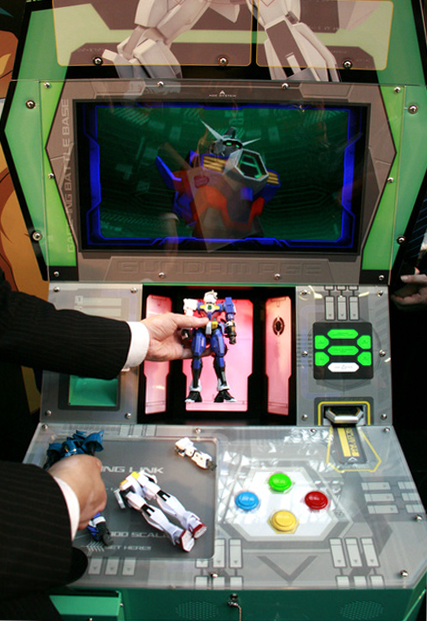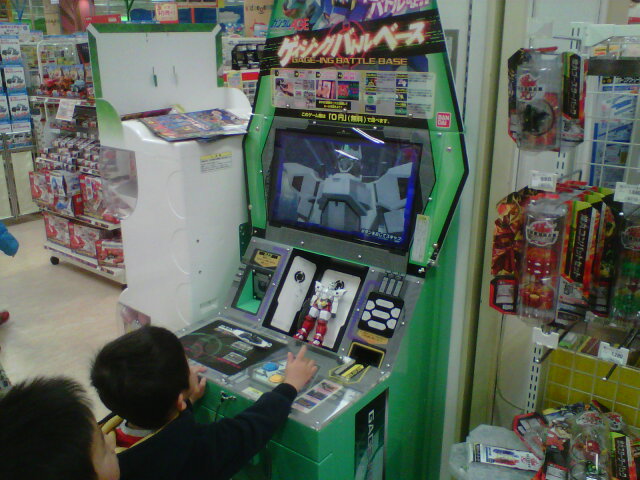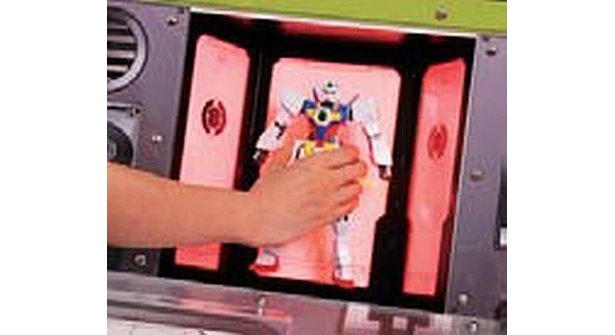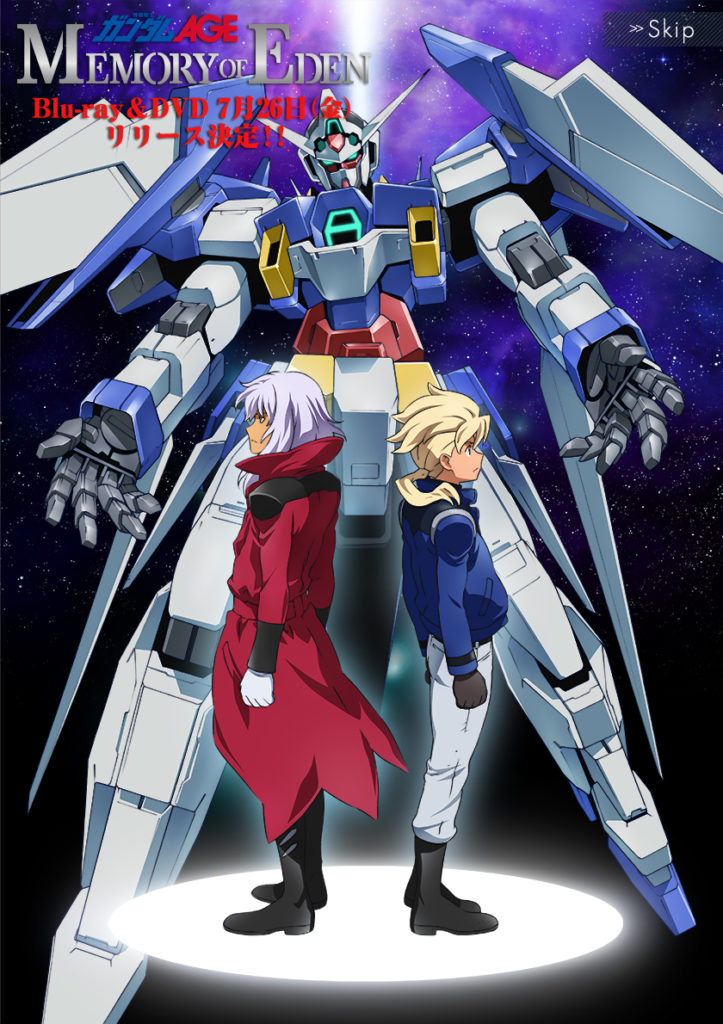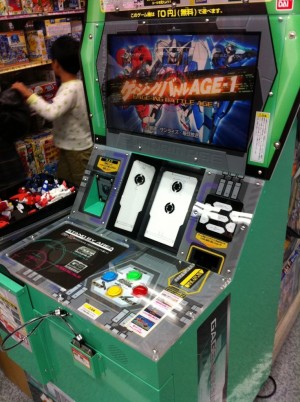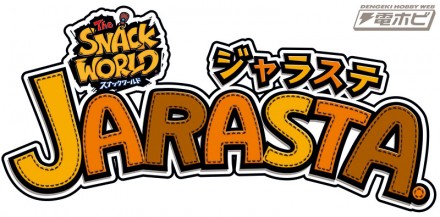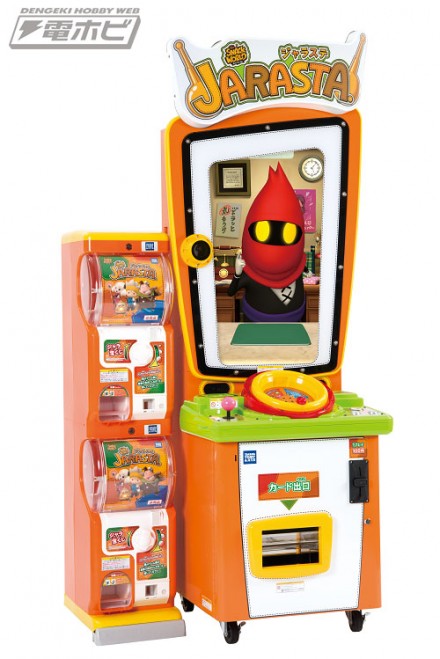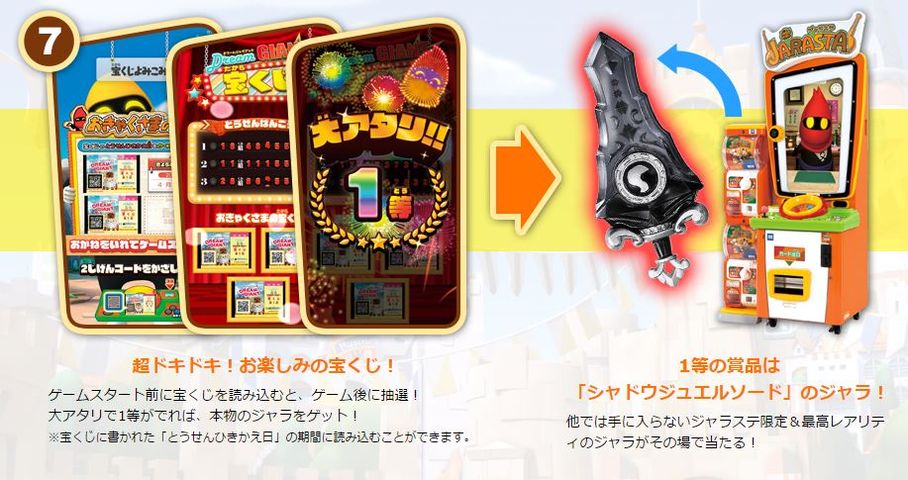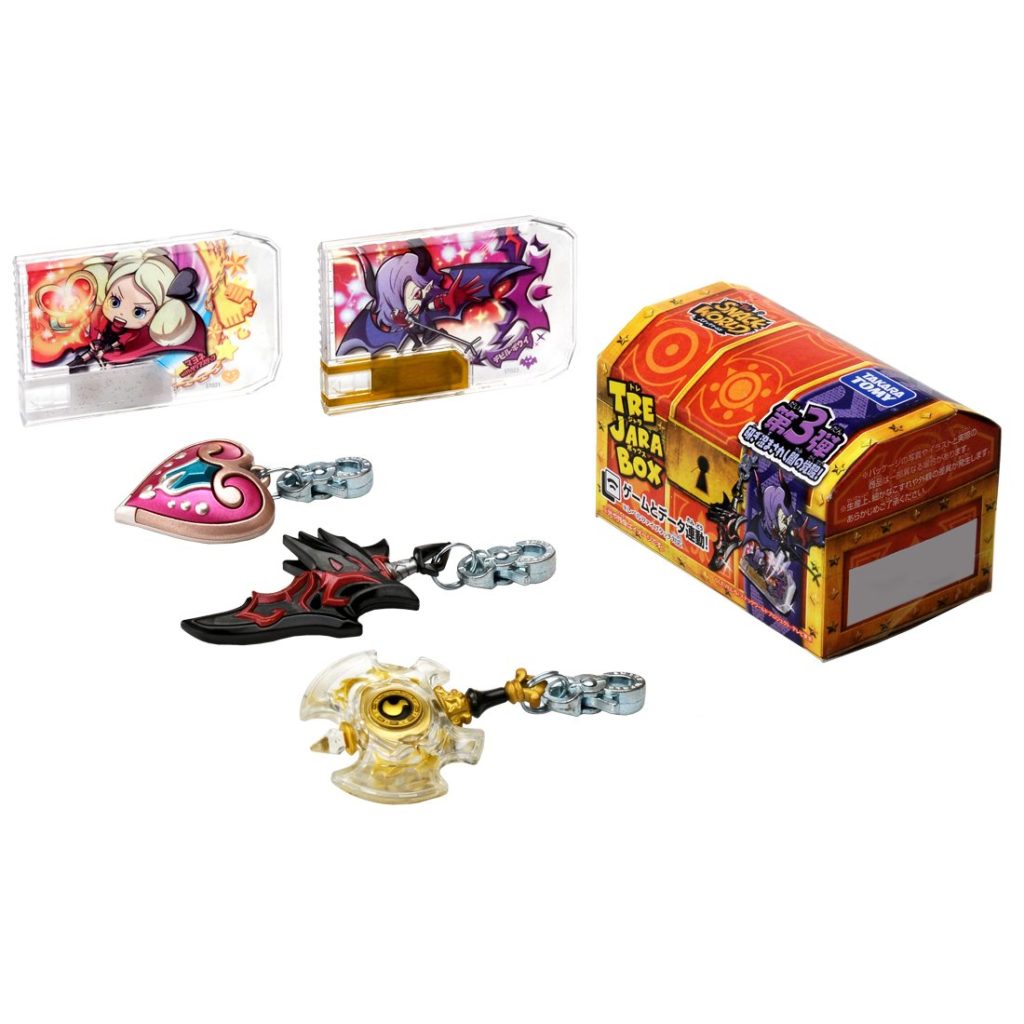Anti-collision is a general term used to cover methods of preventing radio waves of a tag from interfering with radio waves from another. Anti-collision algorithms are used to read more than one tag in the same reader’s field. Scientifically speaking, an RFID reader can only interrogate 1 tag at a time. However, with the help of anti-collision algorithms, the reader is able to single out radio waves of a tag from the rest and read it. If this is done with an HF or UHF RFID reader, it will feel like it was read all at once.
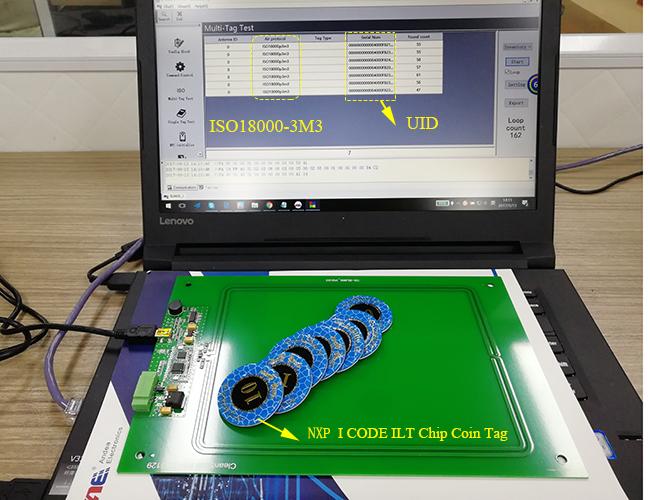
Interestingly, based on search results on google, this technology (RFID multi-reader) is often associated with casino management.
All my online searches seem to point to the development board below. The size of it leaves plenty of rooms for playful imaginations! The title of this page reads “HF13.56 Mhz multi protocols ISO15693 ISO18000-3M3 ISO14443A RFID smart card reader writer all in one access control rfid reader.” The protocols are different international standards designed for specific use scenarios. According to the RFID 4U:
ISO 14443A This standard defines identification cards operating at the 13.56 MHz frequency using near-field inductive coupling. The cards are usually called proximity cards. Typical applications include identity, security, payment, mass-transit, and access control. ISO 14443 systems are designed for a range of about 10 centimeters (3.94 inches), so they are a good fit for applications such as vending machines.
ISO 15693 is an ISO standard for vicinity cards, which can be read from a greater distance compared to proximity cards defined by ISO 14443. ISO 15693 systems operate at the 13.56 MHz frequency, use near-field inductive coupling, and offer maximum read distance of 3 to 5 feet. This range makes them a good fit for applications such as physical access or controlling entry to a parking garage, also serves as the foundation for a variety of applications outside of contactless smart cards, such as airline baggage tracking and supply chain management.
https://rfid4u.com/rfid-basics-resources/how-to-select-a-correct-rfid-tag-standards-mandates/
ISO 18000-3M3 is a newer and more powerful tag standard when it comes to the anticollision speed. The ISO 15693 standard has a speed of 60 tags per sec which is already perfect for a lot of situations. Most of the collectable card arcade games have a limit of 50 cards per deck. The ISO 18000-3M3 standard can read up to 700 tags per sec!!
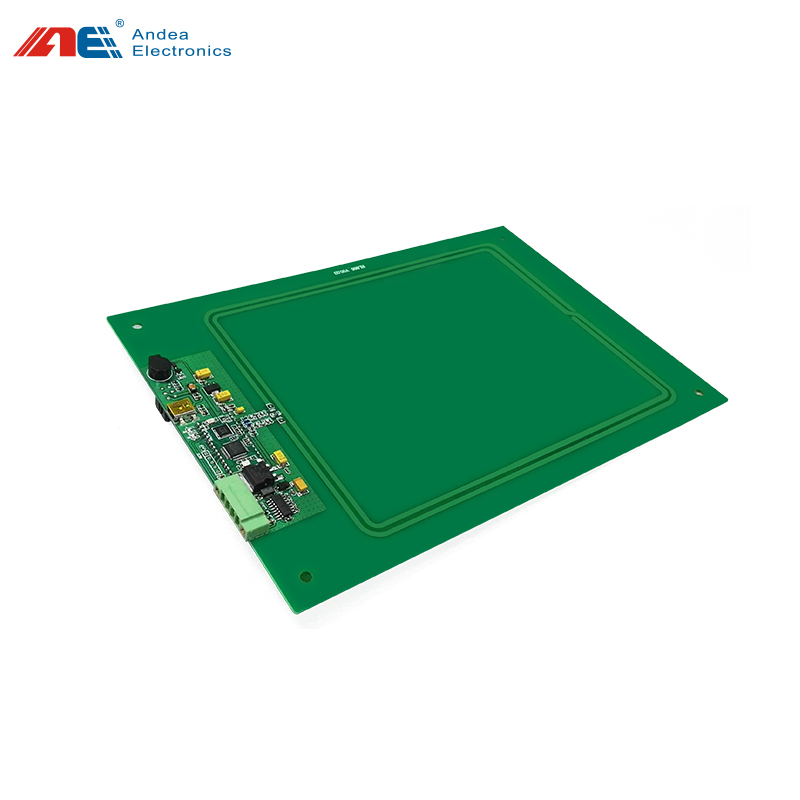
More on how do anti-collision algorithms work:
https://www.rfidjournal.com/blogs/experts/entry?9271
The interrogator basically asks tags to respond depending on their serial number or some other number. If two tags respond, the reader asks again in a slightly different way, and then continues to do this until only a single tag responds.
Imagine that the reader is a teacher, and the tags are a room full of pupils. The teacher might say, “If your last name begins with A, stand up.” If more than one pupil stands, the teacher might then state, “If your last name begins with A and your first name also starts with A, stand up.” If no one stands, the teacher could say, “If your last name begins with A and your first name starts with B, stand up.” And so forth.
A reader can ask all tags with a serial number beginning with 0 to respond. If more than one tag responds, the device might ask all tags that have serial numbers starting with 00 to respond. And so on, until it isolates one tag.
One problem with this tree-walking algorithm based on serial numbers is it means that if two tags were to have the same serial number (which could happen either accidentally, or on purpose), the tags and reader would never be able to communicate since there would be no way to isolate a single tag.
To avoid this problem, the EPC Gen 2 air-interface protocol standard employs a unique anti-collision protocol based on a tag’s ability to generate random numbers. The anti-collision technique used, known as the “Q Algorithm,”
—Mark Roberti, Founder and Editor, RFID Journal
| Model | RL866 |
| Operating Frequency | 13.56 MHz |
| Compatible Protocols | ISO 15693, ISO 14443A/B, ISO 18000-3M3 |
| Compatible Tags | – NFC Forum Type 1: Innovision Topaz512 – NFC Forum Type 2: Mifare Ultralight, Mifare Ultralight C, Mifare Ultralight EV1, NTAG21x. – NFC Forum Type 3: Sony Felica [only support Polling] – NFC Forum Type 4: Mifare DESFire EV1 – NFC Forum Type 5: ICODE SLI ,ICODE SLIX ,ICODE SLIX2 ,Tag-it HF- I plus – Mifare Classic Type: Mifare S50, Mifare S70 ,Mifare Mini – ISO18000-3M3 Type: ICODE ILT – ST ISO14443B Type: SRIX4K, SRI512, ST25TB512-AC |
| Communication Interface | USB & RS232 |
| Reading Range | – ISO 15693 = 28cm – ISO 14443A = 15cm – ISO 18000-3M3 = 20cm |
| Plug & Play | Support |
| Keyboard Emulation | Support |
| Anti-collision Algorithm | Support |
| Working Voltage | DC 5V (USB Power Supply) |
| Max Power Consumption | 1.7W |
| Material | PCB |
| Dimension | 250*170mm |
| Weight | 130g |
This technology brought me back to Mobile Suits Gundam AGE (機動戦士ガンダムAGE) for their RFID embedded toyline: 1/100 GB grade (Gage-ing Builder – http://gage-ing.com/gb/) and 1/144 AG (Advanced Grade アドバンスドグレード). In the animation, the main character, Flit, also invented a life-size all-in-one Gundam part fabricator called the AGE Builder system which was so relevant and cool to me when it came out in 2011.




The GB grade Gundam toys or model kits have 4 modular and detachable parts: the left arm, the right arm, the torso, and the lower body. Each part has an RFID tag embedded to it. Players can customize their GB grade Gundam with parts from different kits and play a Tamagotchi-like game with the Gage-ing Haro (sold separately). When registering a new configuration, players scan all the GB parts one by one with the RFID reader in the back of Haro.
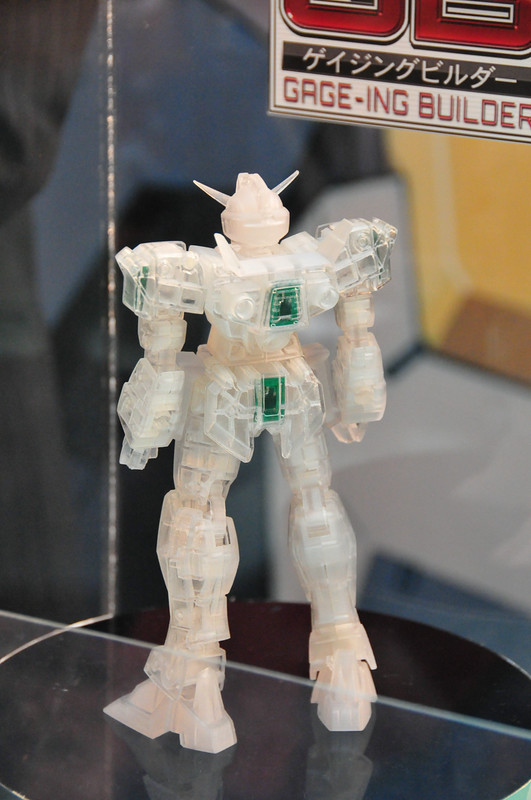
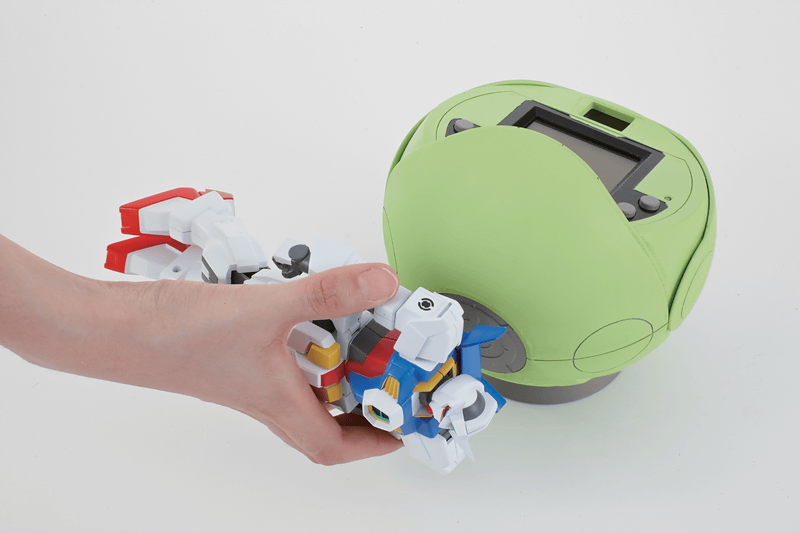
There is also an arcade version of the game (ゲイジングバトルベース) with full-model scan available in selected stores across Japan. However, I don’t think the scanner was made with the anti-collision algorithms reader. Most likely it is just 4 RFID readers placed away from each other and read the 4 tags separately.
Mobile Suits Gundam AGE toyline has to be one of the most ambitious and technology savvy in the Gundam universe. However, I felt the storyline failed to capture the mature audience. It was an uphill battle for them coming after the dramatic Mobile Suits Gundam 00 series. On the other hand, the younger audience didn’t appreciate as much the efforts went into the technology side of the model kits.
An arcade game that definitely uses an RFID reader with anti-algorithms is SNACK WORLD (スナックワールド ジャラステ, 2017). It is an RPG game that players can either gain collectable weapons and supporting characters in dungeons or find them in boost boxes from toy stores. The arcade machine came out with 2 to 4 capsule vending machines attached to the side of the cabinet that are controlled by the game. There is a huge rotating bowl in the middle of the arcade machine where players can drop in up to 6 collectables for power-up.


